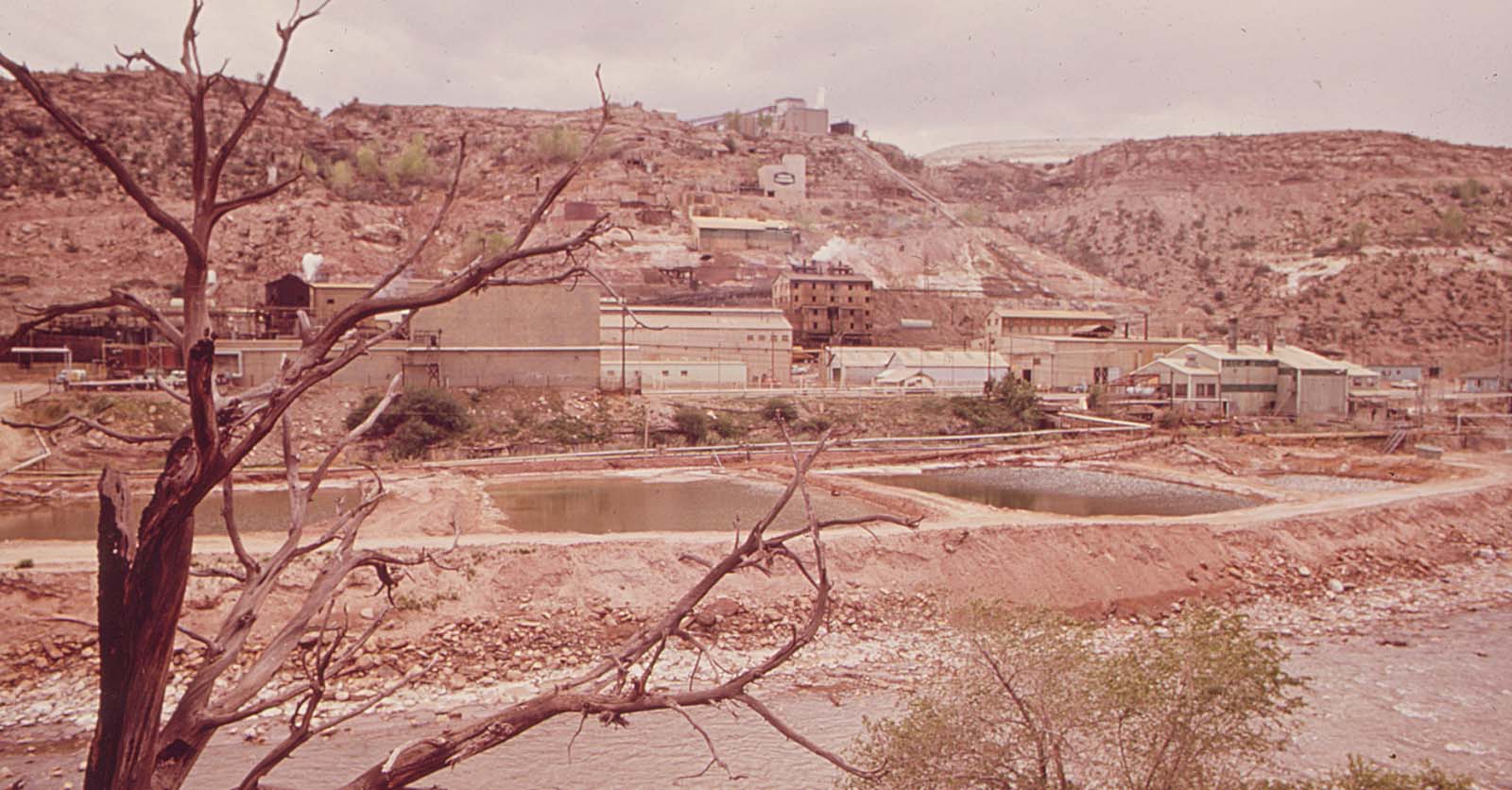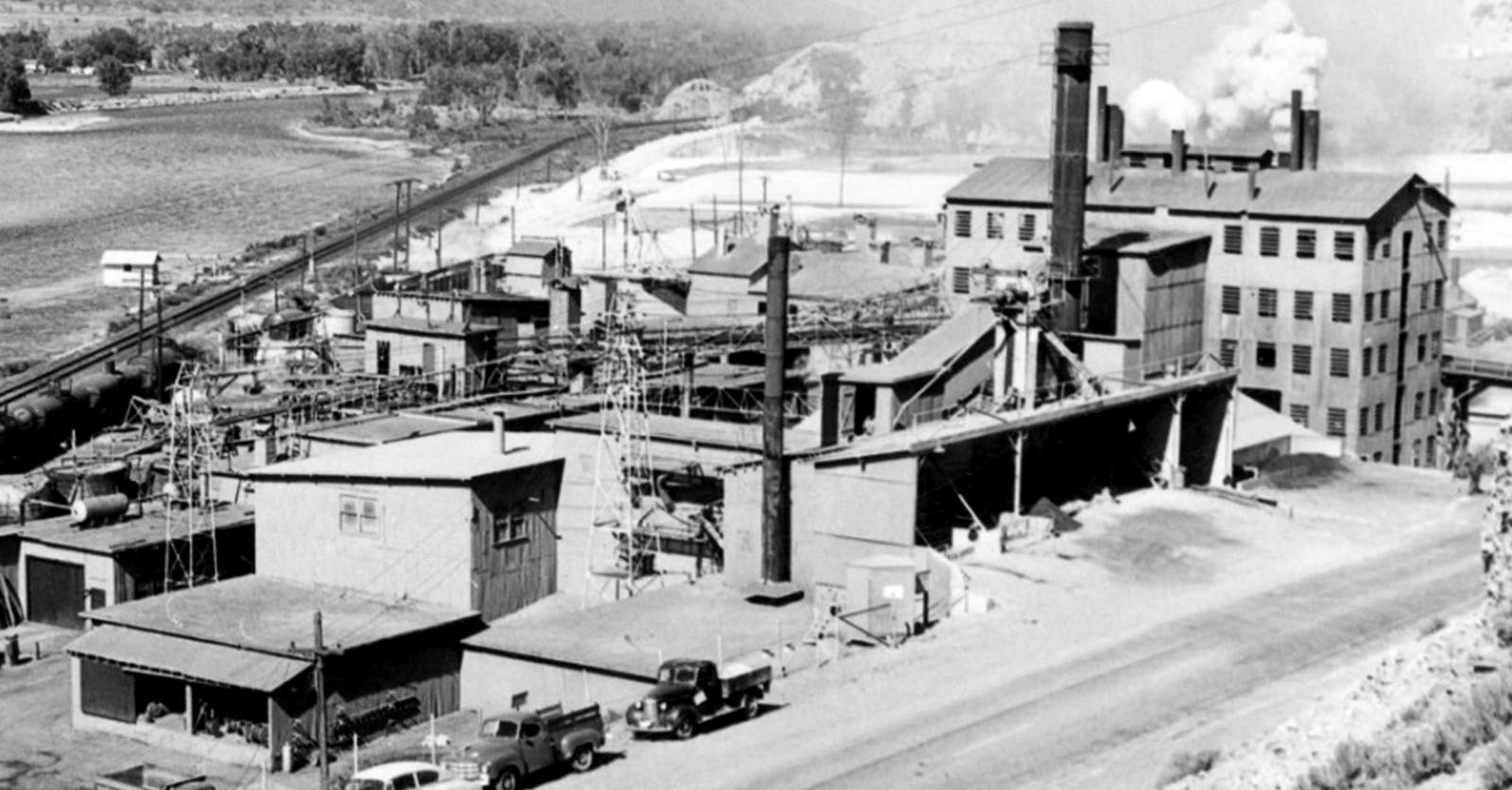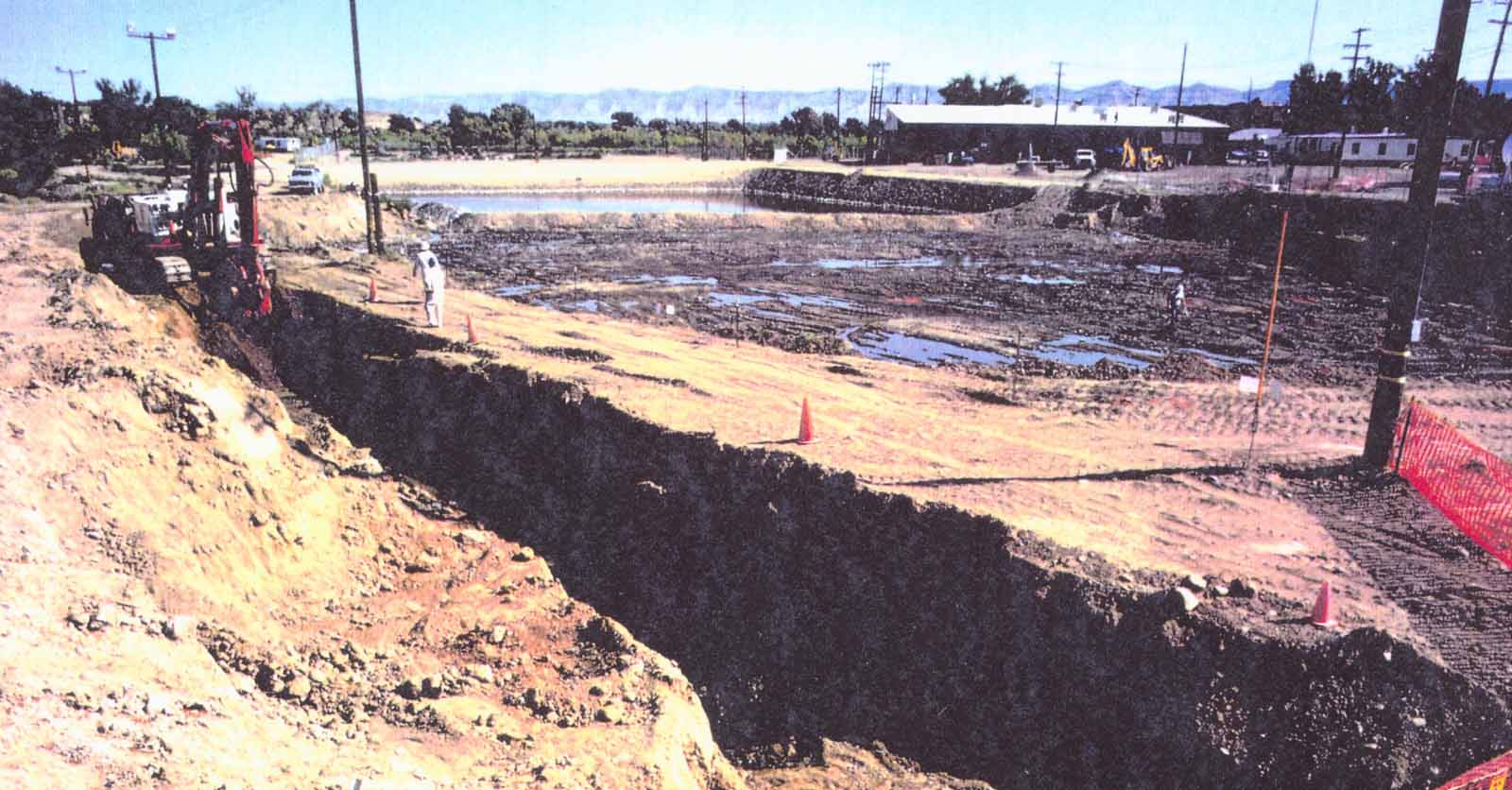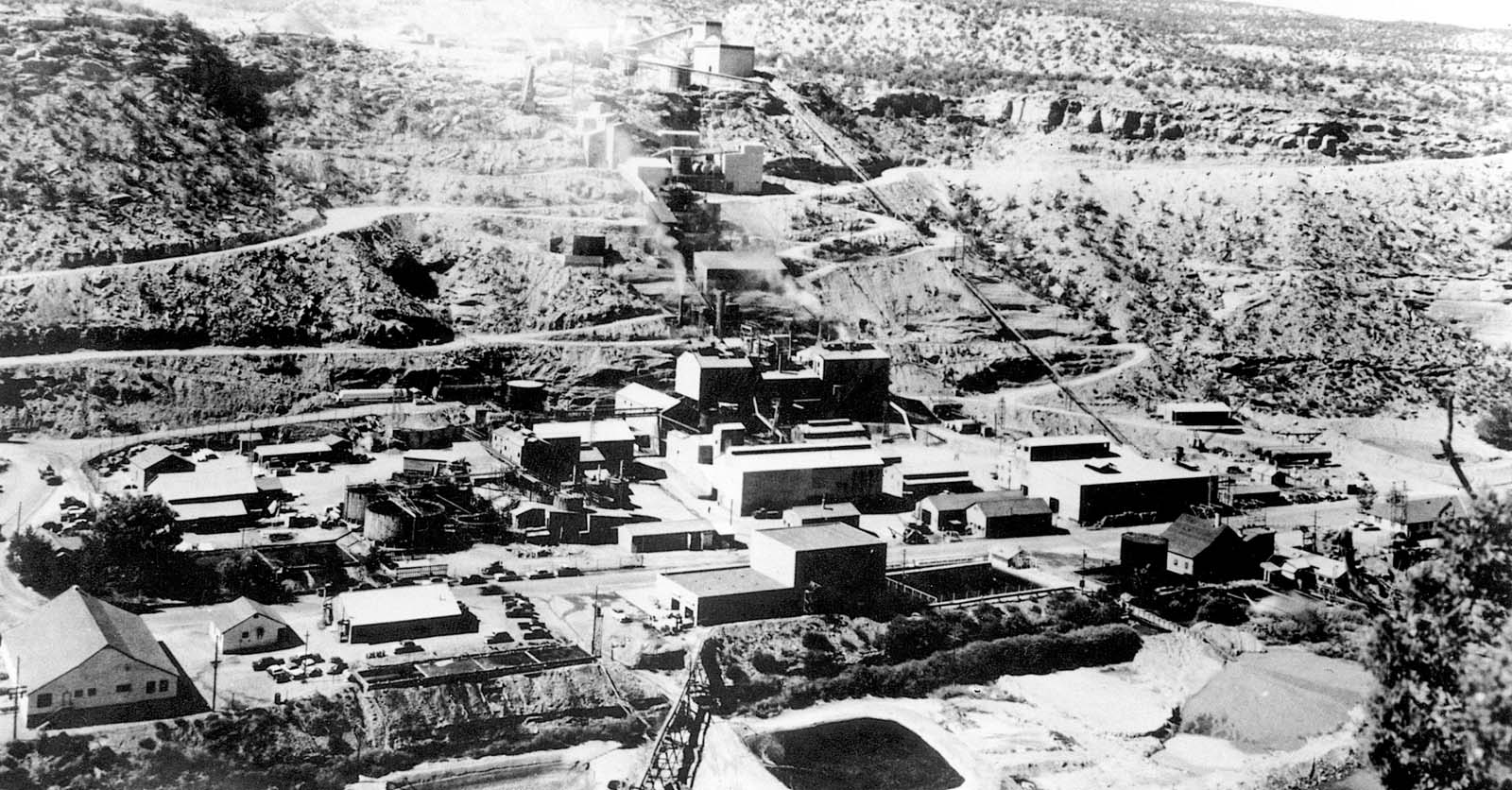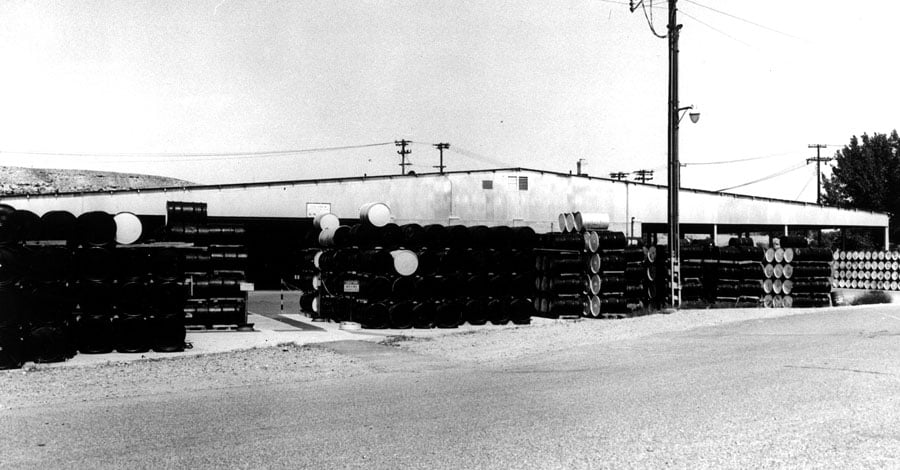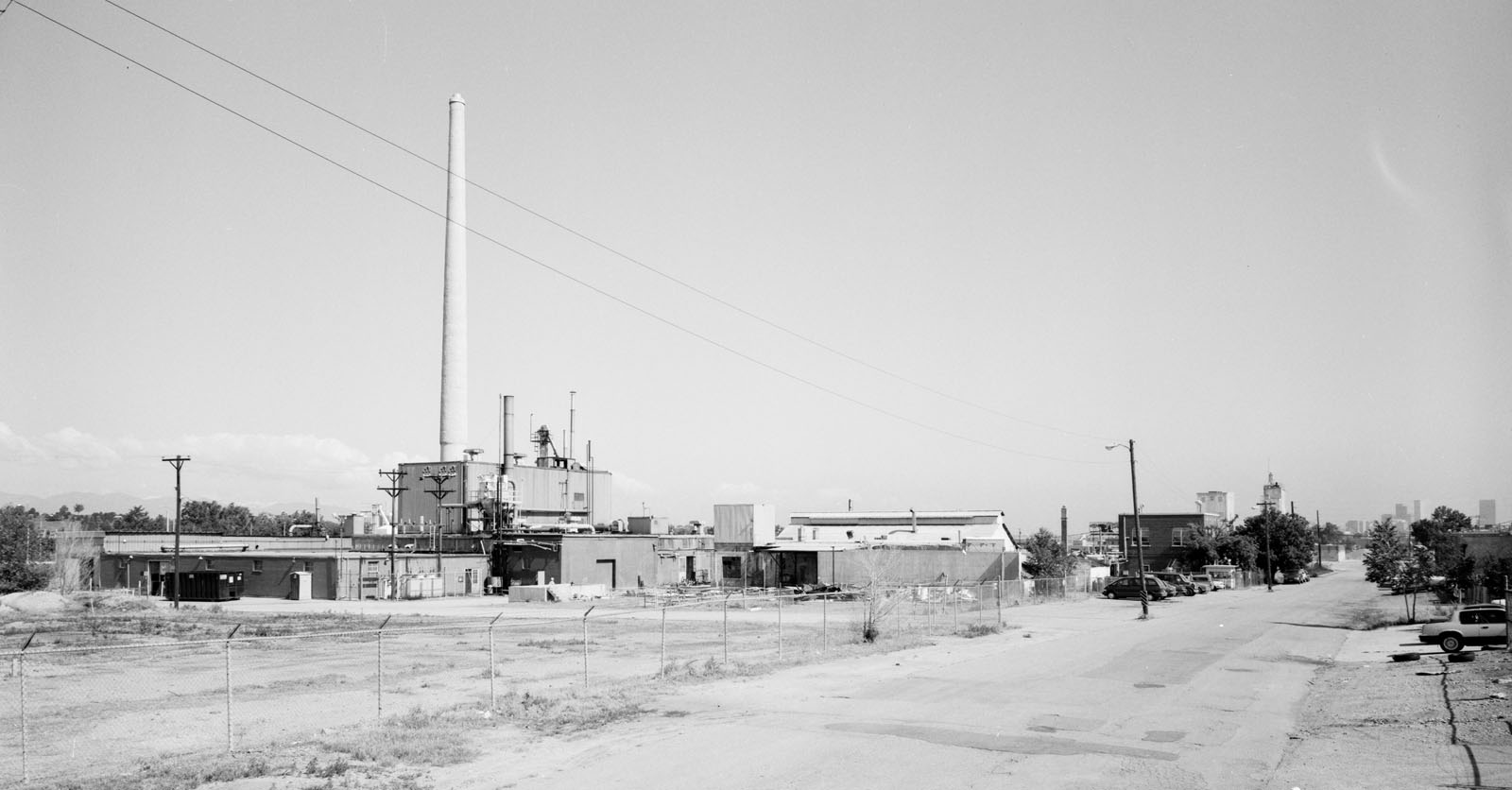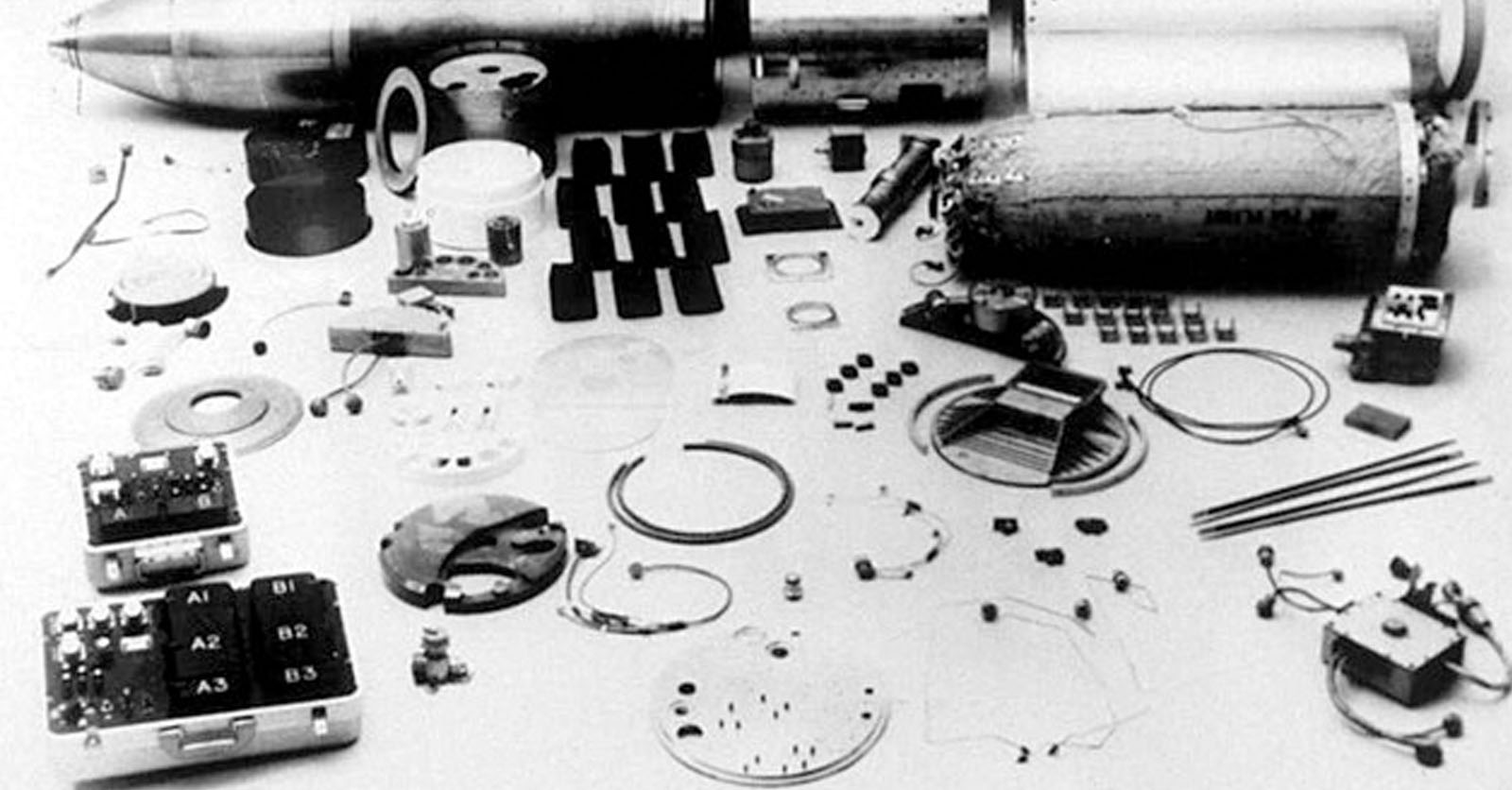2 min read
Uranium Mill in Durango, Colorado: Approved for EEOICPA benefits
![]() Trusted Ally Staff
:
May 30, 2025 2:44:16 PM
Trusted Ally Staff
:
May 30, 2025 2:44:16 PM
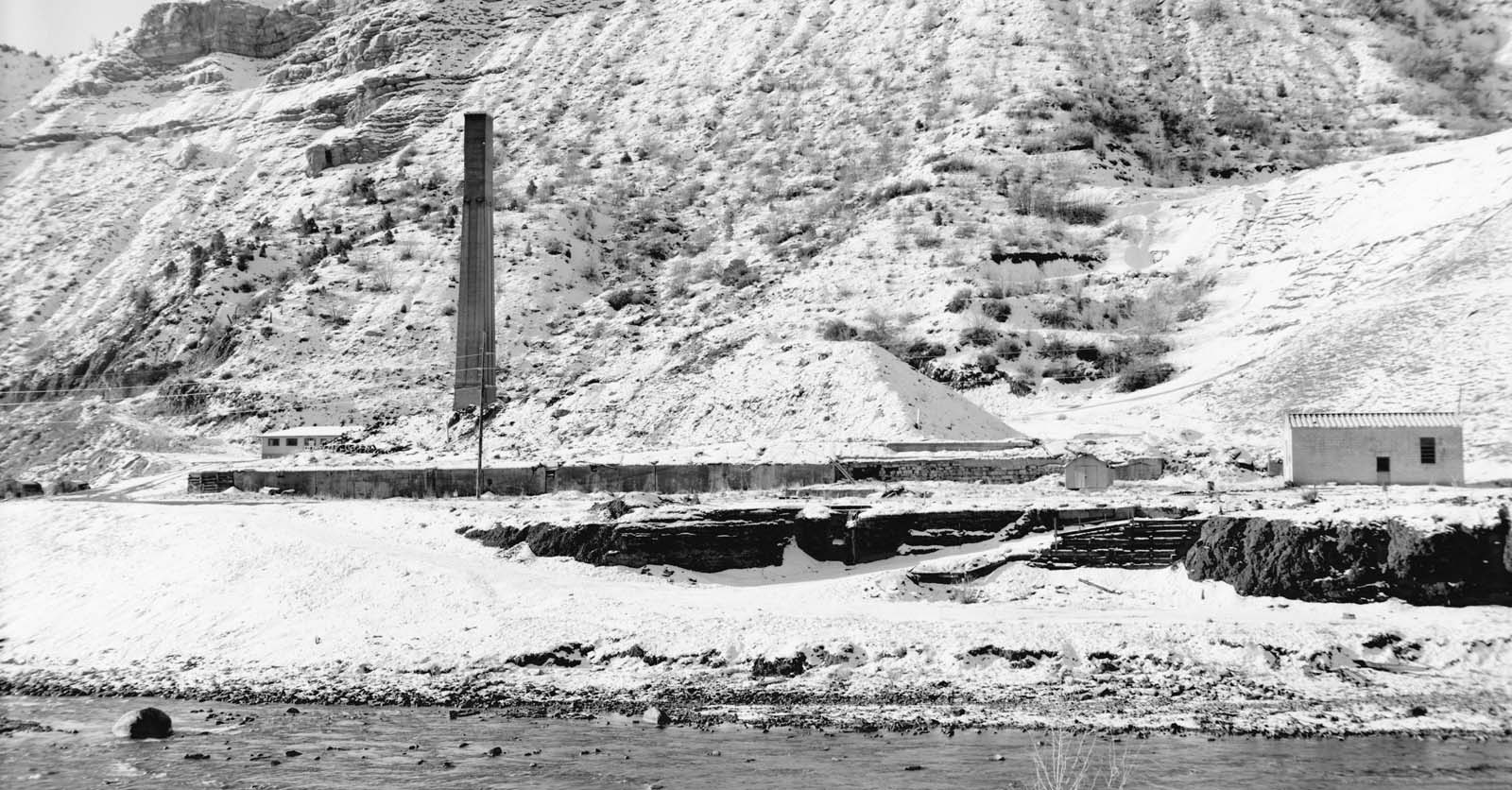
Subscribe to Trusted Ally News
The Durango Uranium Mill was important to the nuclear weapons program
Beneath Smelter Mountain in the city of Durango, Colorado, lies a site that once played a largely forgotten role in the nation's early nuclear weapons development. The Durango Uranium Mill, also known as the Durango Smelter, operated at various times by private companies under the direction of the U.S. Atomic Energy Commission (AEC). This site processed tens of thousands of tons of uranium ore during and after World War II.
A brief history of the Durango Uranium Mill
Originally constructed in 1882, the site began as a conventional smelting operation owned by the San Juan and New York Smelting Company. Over the decades, it changed hands and names multiple times, processing metals like silver, lead, and copper. However, its role changed dramatically in the 1940s with the emergence of the Manhattan Project.
In 1943, the U.S. Vanadium Corporation began operating the mill to extract uranium from carnotite ore found throughout the Colorado Plateau. These operations were directed by the Manhattan Engineer District and later, after the war, by the AEC, which was established in 1946 to oversee nuclear energy development and nuclear weapons production.
Between 1943 and 1963, the Durango Mill processed approximately 800,000 tons of uranium ore, turning it into yellowcake, a concentrated uranium oxide powder essential for enriching uranium used in nuclear weapons and reactors. This yellowcake was shipped to other facilities across the country for further refinement and use in nuclear warheads.
The role of the Atomic Energy Commission
During the early Cold War, demand for uranium skyrocketed, and the AEC created financial incentives for mining and milling operations throughout the West. Durango was one of the primary processing sites for ore mined in the Four Corners region, alongside the Climax Uranium Mill in Grand Junction, Colorado and the New Uranium Mill in Rifle, Colorado.
Under AEC contracts, private companies like the U.S. Vanadium Corporation and later Union Carbide operated the mill in Durango. These contracts often prioritized production over worker safety or environmental considerations.
Adverse health effects among workers
The hazards associated with uranium processing were significant and long-lasting. Workers at the Durango Mill were routinely exposed to radon gas, uranium dust, and other radioactive byproducts without proper protective equipment or ventilation. Prolonged exposure to these substances has been linked to a variety of serious health problems, including:
-
Lung cancer and respiratory diseases (primarily from inhaled radon and radioactive dust)
-
Kidney damage (from uranium ingestion or inhalation)
-
Bone and liver cancers (due to exposure to radioactive isotopes like thorium and radium)
-
Autoimmune disorders and other chronic illnesses (in cases of long-term low-dose radiation exposure)
Many former employees of the Durango Mill have been diagnosed with cancers and other illnesses tied to their work.
Environmental and community impact
Residents near the mill site were also put at risk, as radioactive mill tailings were sometimes repurposed for construction materials or left uncovered, allowing wind and water to spread contaminants. Even today, the City of Durango has a notice on their website about uranium mill tailings and what to do if found.
Government response and cleanup efforts
By the mid-1960s the Durango Mill ceased uranium production and in the 1980s, the U.S. Department of Energy (DOE) undertook major cleanup efforts. Between 1985 and 1987, over one million cubic yards of radioactive mill tailings and contaminated soil were excavated and transported to a disposal site near Bodo Canyon, south of Durango which is also being monitored.
Today, the original mill site has been repurposed into a public recreation area, including a dog park and hiking trails. Signs remind visitors of the area's radioactive past and the community's journey toward recovery.
Approved for EEOICPA White Card benefits
The Durango Uranium Mill is an approved site for The Energy Employees Occupational Illness Compensation Program or the EEOICPA White Card Program.
As of June 2025, Durango Uranium Mill workers have received over $5.7 million in EEOICPA settlements and medical bills paid.
Let us check if you or a loved one qualifies for up to $400,000 plus free medical care in the comfort of home.
Your pathway to care starts with Trusted Ally Home Care. Get started today and let us guide you through the process of receiving the care you or a loved one deserves.
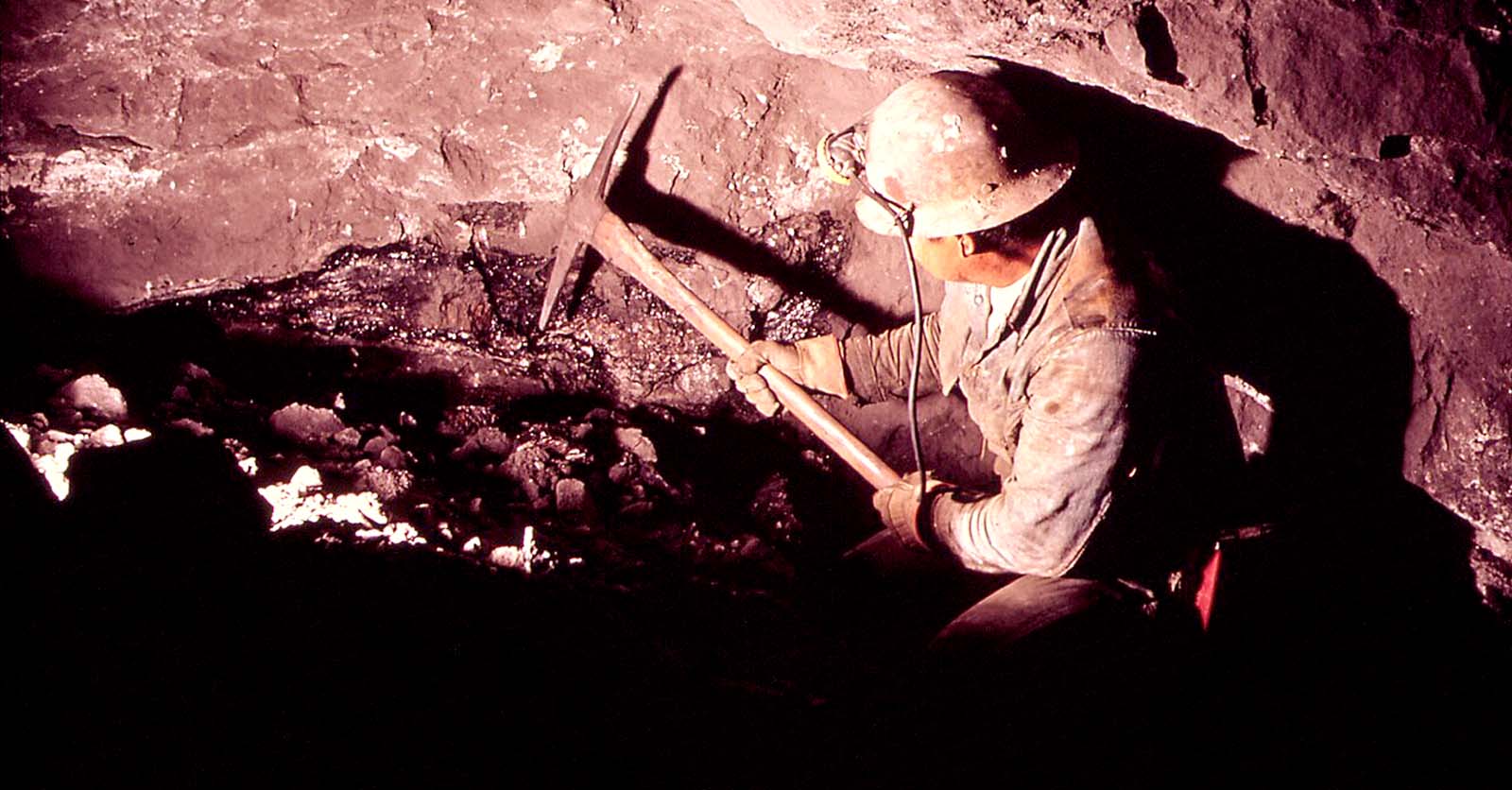 Read More
Read More






